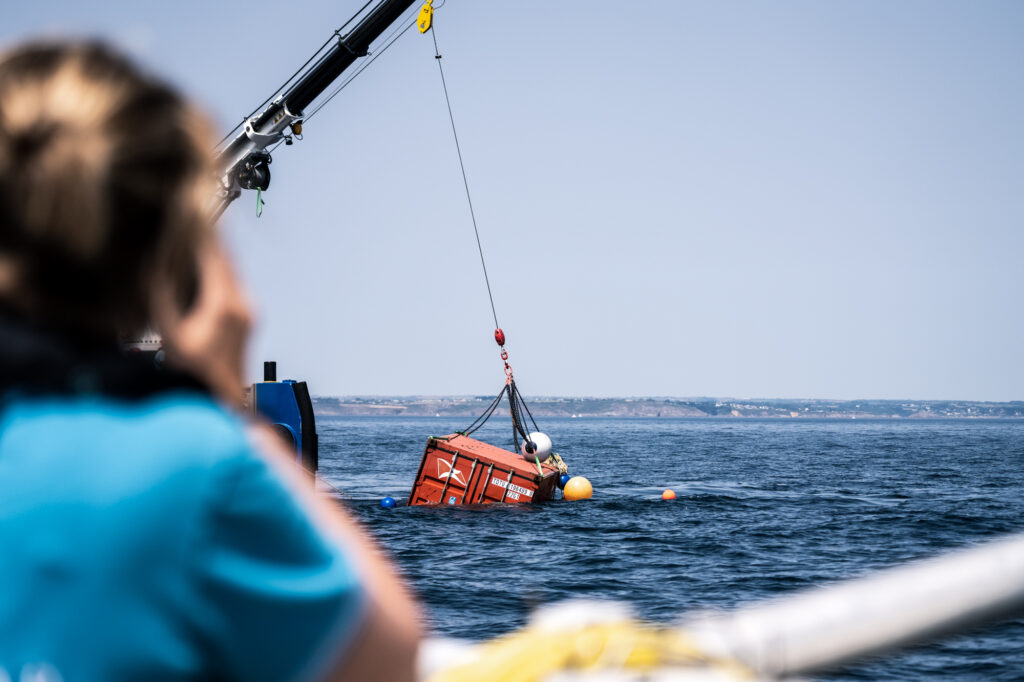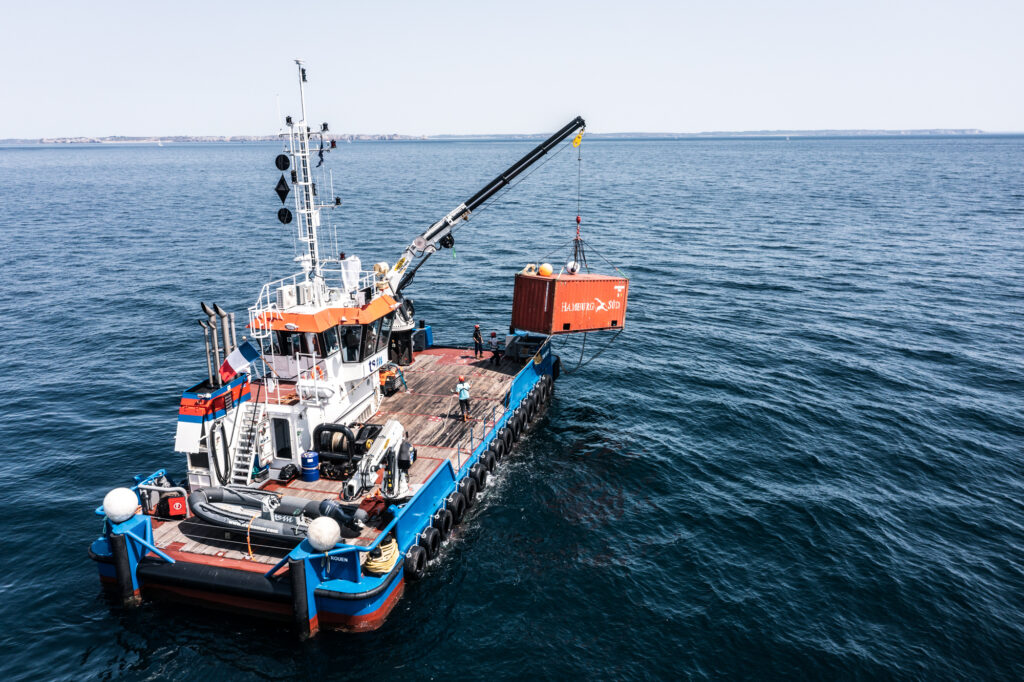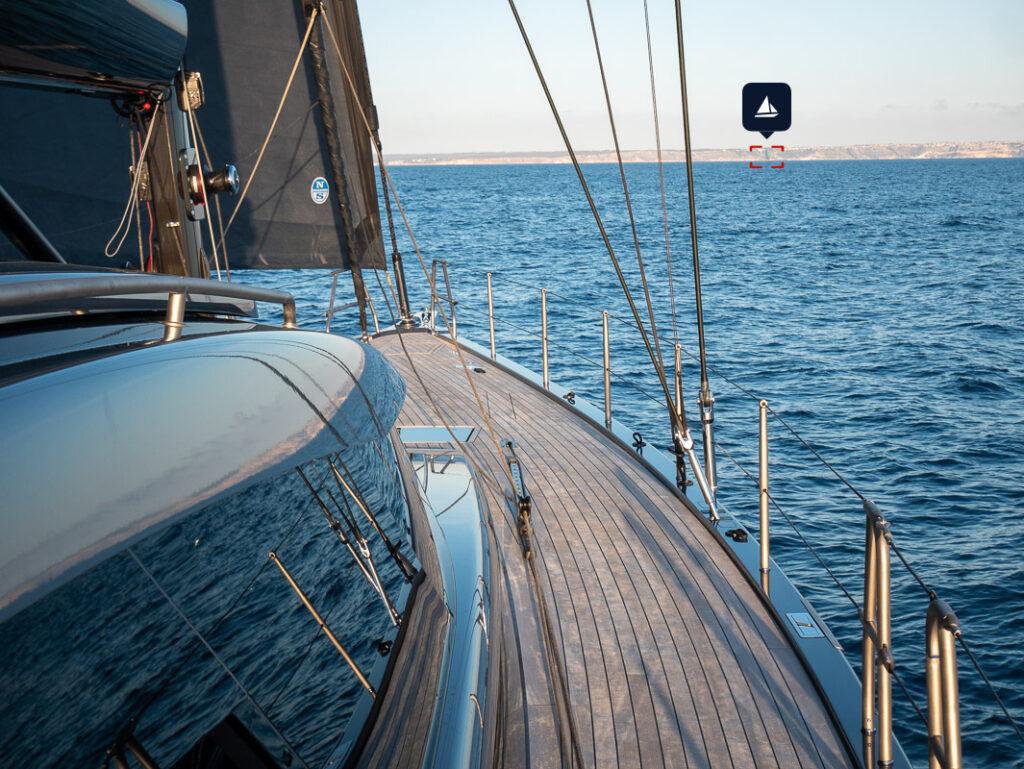SEA.AI machine vision camera relies on Artificial Intelligence (AI) to determine automatically, in a split second, whether or not something in the water ahead represents a collision threat (object of interest – men overboard). But for the AI to be efficient, it needs to be trained: quite a significant task!

Maritime Safety through Deep Learning and Extensive Data Analysis
SEA.AI hardware on vessels includes a vision unit with cameras capturing images using low-light color and thermal cameras. These images are processed by an AI algorithm, utilizing a vast database for threat detection. Since its inception in 2018, SEA.AI’s learning process rapidly evolved, identifying common objects and collecting data from various sources, resulting in a database exceeding 9 million images.
SEA.AI’s magic lies in object detection and identification through ‘feature extraction’ involving color, structure, shape, and temperature. Each object has a unique ‘visual signature,’ but variables like lighting, weather, and more impact its appearance. To ensure precise identification, SEA.AI marine camera relies on input from hundreds of thousands of images. Passive image collection, though valuable, may not offer optimal data for identifying potential collision threats.

Real-World Testing and Advanced Algorithms for Enhanced Maritime Safety
One of the most frequent requests SEA.AI receives from interested people is ‘can SEA.AI detect a semi-submerged container?’ Detecting a floating container is in most cases straightforward due to its larger size compared to buoys, its rigid rectangular structure, and the temperature differential between the container and the surrounding water.
In this instance, SEA.AI’s R&D team sailed out of Brest aboard a research boat (Céladon Association) which is rigged with all of SEA.AI’s different marine camera models and with camera units mounted at different heights above sea level. This setup is both to provide more data for the algorithm as well as to test the AI in ‘real’ navigation situations. A mandatory step to prove that all three systems are able to identify containers, and to educate the AI for future detections.
Rigorous Testing by SEA.AI’s R&D Engineers
Shaban Almouahed, one of SEA.AI R&D engineers explains: “We put a container in the water and try to acquire images from different directions, and in different lighting and sun reflection conditions, all along the day. We tried to simulate different collision scenarios to test the performance of the system. These images help us to say, ‘Now we are able to detect a container at a high percentage reliability like other objects’.”
Such tests also help in validating the detection range of various object size, but this is also dependent on the model of SEA.AI being used. For example, the Sentry, used on large vessels, has a larger detection range thanks to its near and far field cameras’ configuration, and can scan 360° around the vessel. Whereas the SEA.AI Competition has less detection range but an advantage of being small enough to be mounted at the masthead of racing boats. The range at which the Sentry will detect small objects (buoy or person overboard) in the water is within 700 m whereas for the Competition 640, used on racing yachts, similar objects are detected within 150 m ahead (based on physical modeling and real condition validation).
Data is only valuable if you can make sense of it and put it to use. This requires deep comprehension of the sea along with state-of-the-art computer vision, SEA.AI’s long-standing strength with the largest database in the world.


